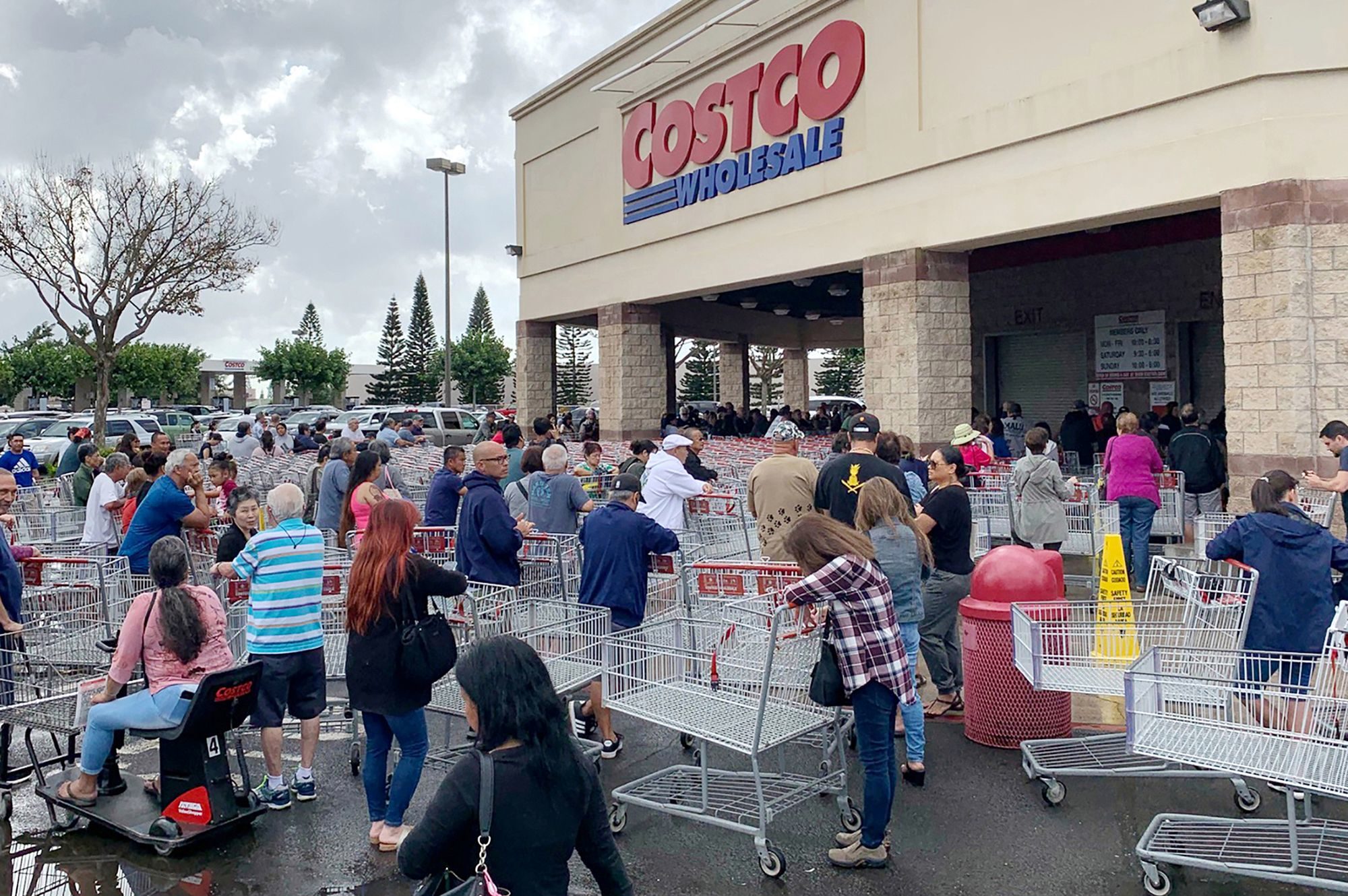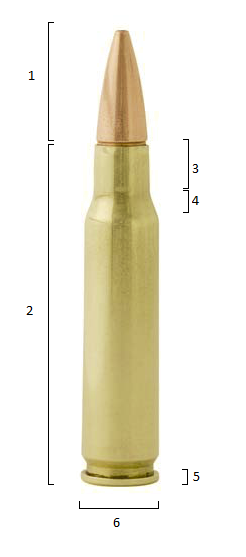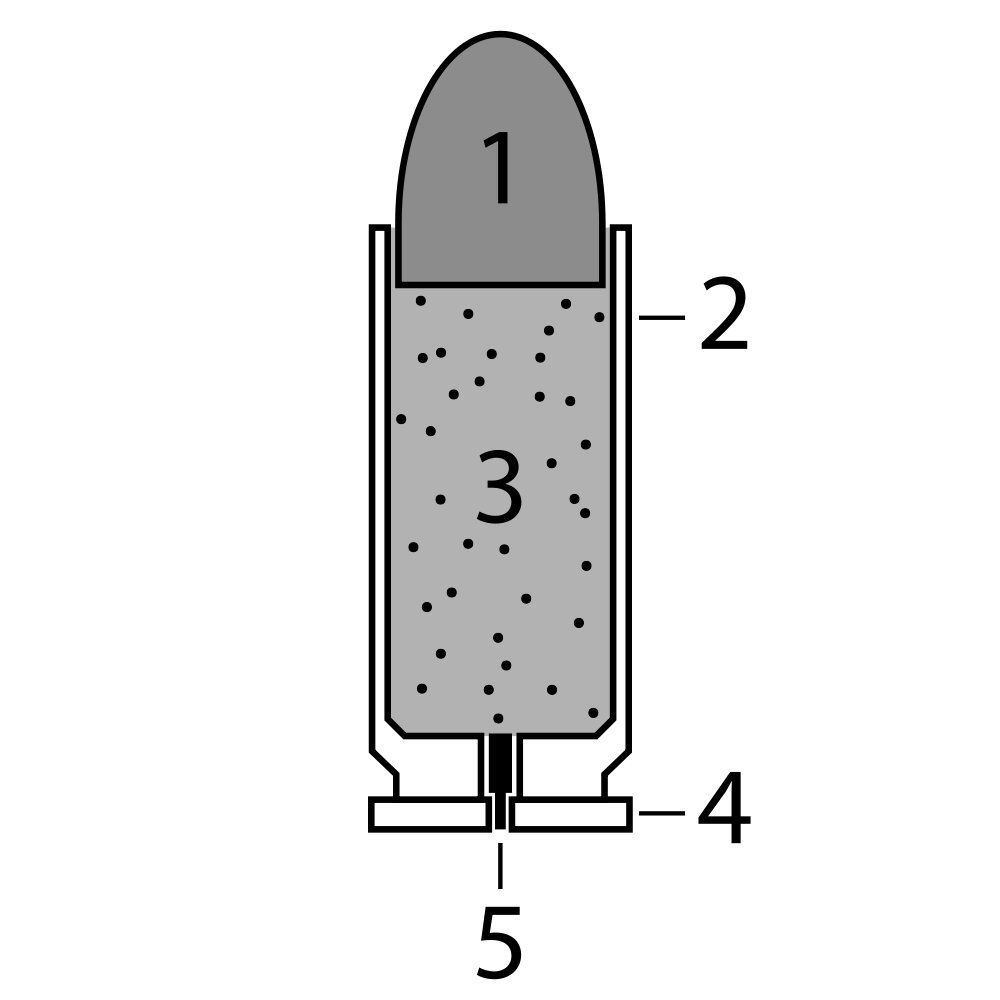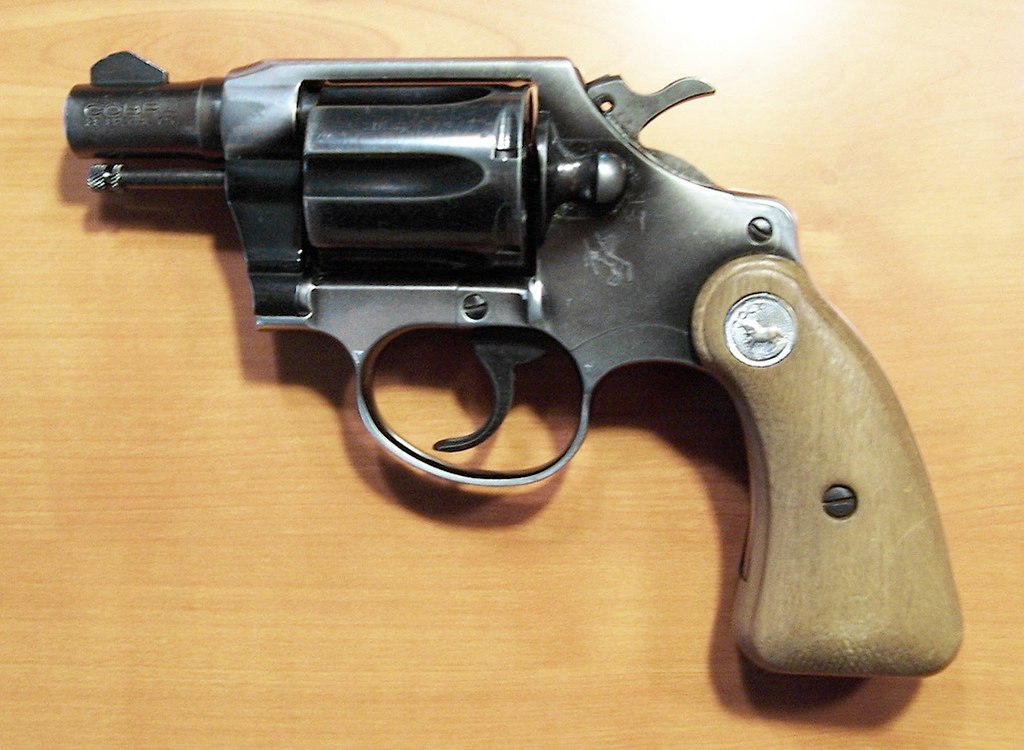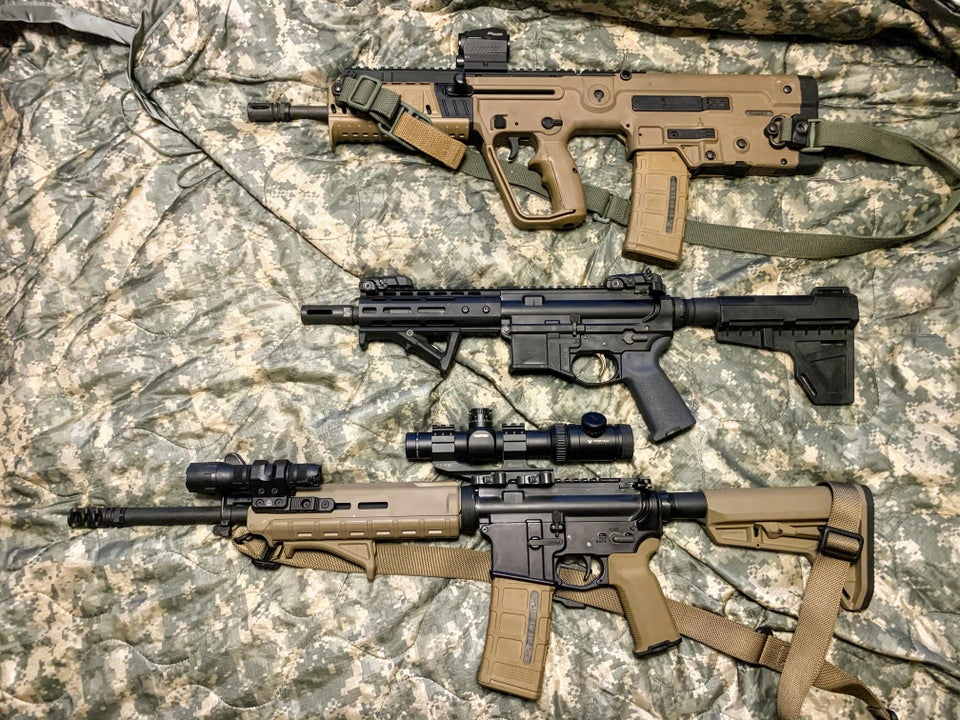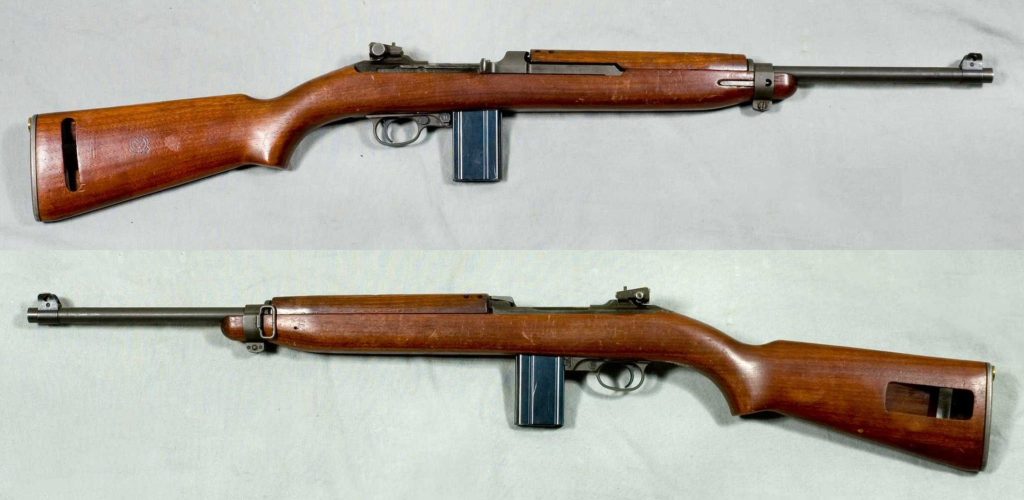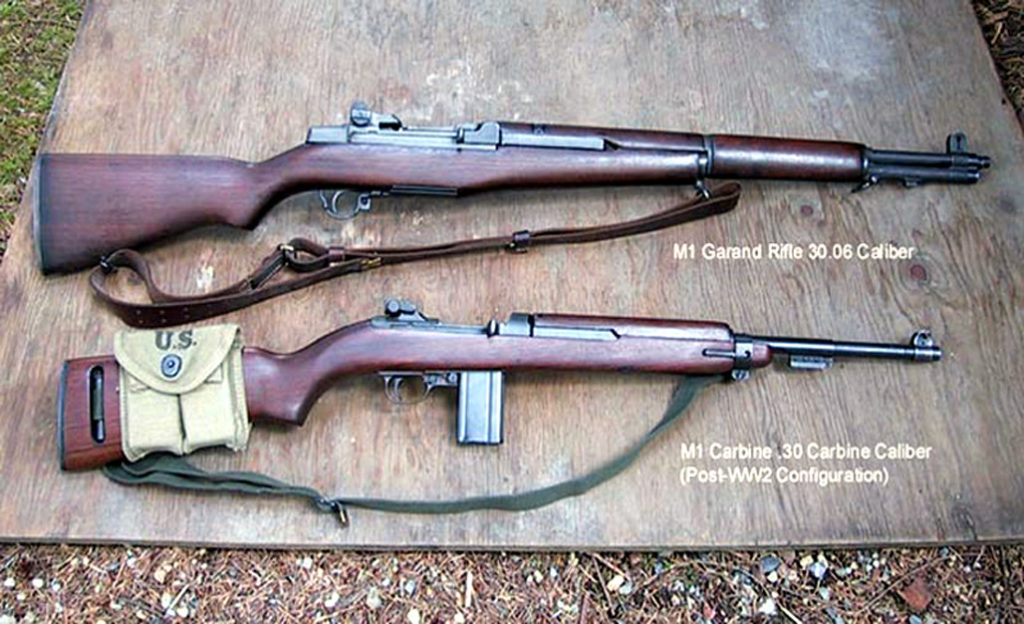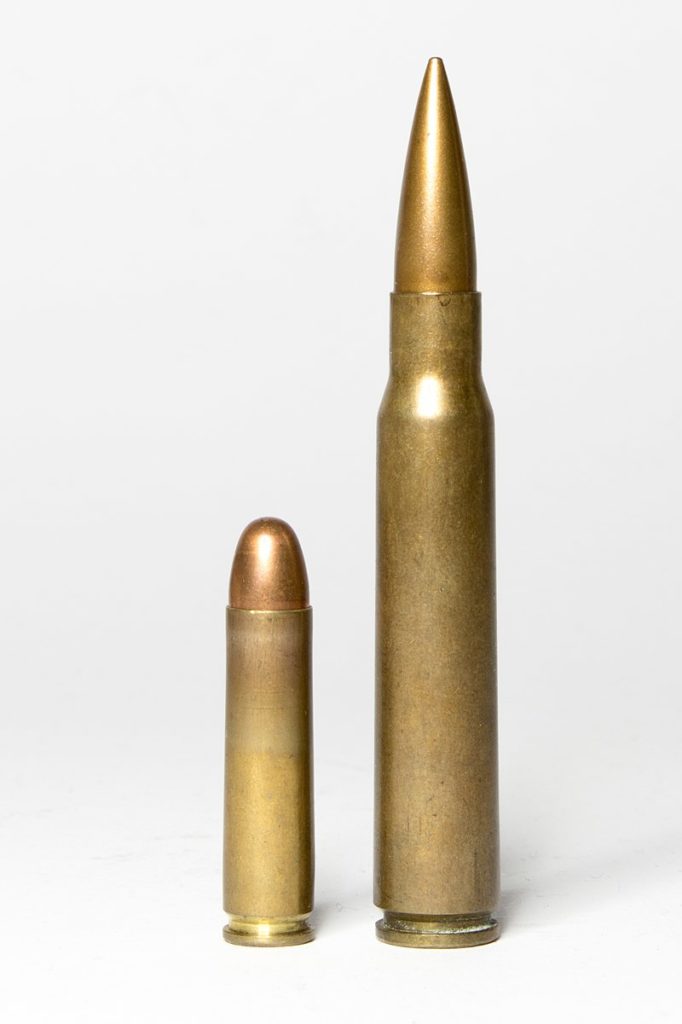
So mi casa just completed three weeks of near total bug in. In the absence of a therapeutic emerging that transforms everything (its pretty clear at this point that it would have to cut way into the case fatality rate and, more generally, the ventilator use rate) it looks like this might be the situation for months.
- Have larger stocks of toilet paper, paper towels, trash bags
We have large stocks of all of these but, if there was a weak point, it was toilet paper and paper towels. We had a lot compared with the average household (probably about 100 rolls) but not necessarily enough to feel comfortable about a prolonged bug in. We topped off a little in February so we are fine, but what if this had been a sudden event? I am always a little skittish about having a ton of paper goods in the house since we live in the South and bugs might be an issue. Maybe I was a little too conservative about this.
2. Canned goods, pasta, dog food
Our stocks of these are good. Probably 3 months of canned food (mostly vegetables, tuna, salmon, fruit), 60 or so pounds of pasta and 2 rotations of dog food. We added a bunch to this in February but I think this is going to push us toward maintaining a 6 month supply of cans, maybe 100 pounds of pasta and 5 rotations of dog food as a regular thing.
3. Inventory, inventory, inventory
We have an inventory control system for our food and other prep items, and we maintain it pretty well. This proved really crucial for knowing exactly where we would need to top off in February. That said there were some lapses. For instance, I had been lazy about inventory checking on our less than lethal weapons, particularly pepper spray, a bunch of which had expired and needed to restock. So maybe the lesson here is don’t forget the “little” stuff.
4. Switch to 1 gallon water containers
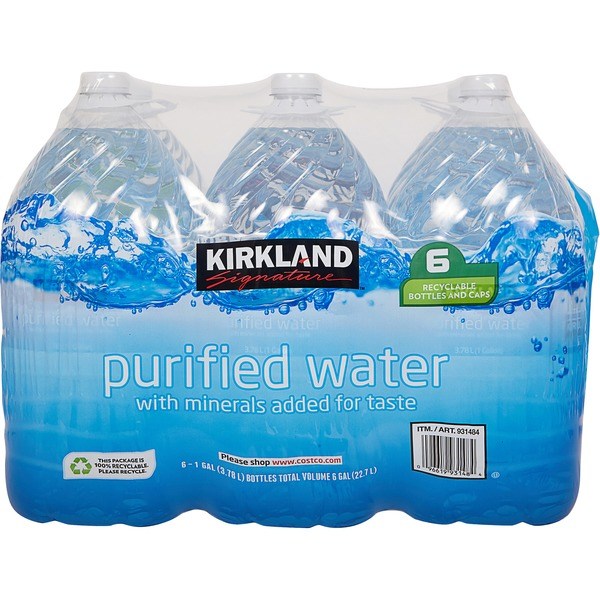
I have had a long standing debate with myself about the correct size for water storage containers. If I had a prepper compound somewhere I’d probably have cisterns (as well as multiple wells, a pond and access to streams). But I live in a suburban development. I have a 55 gallon barrel of water in my garage, but living in the South this has been a less than successful experiment (pretty much no matter what I do crap starts growing in it in the heat of the summer heat and humidity). So I have the fall back of storage in the house. For this I have been torn between 5 gallon water bottles (the kind at your office water fountain) and 1 gallon containers (I usually buy the Kirkland ones from Costco in 6 packs). After a month of trying to find space to pack extra stuff in and still have our house look good, I am sold on the 1 gallon option. Their smaller size just gives you more options for packing stuff in.
5. Pails, pails, pails.
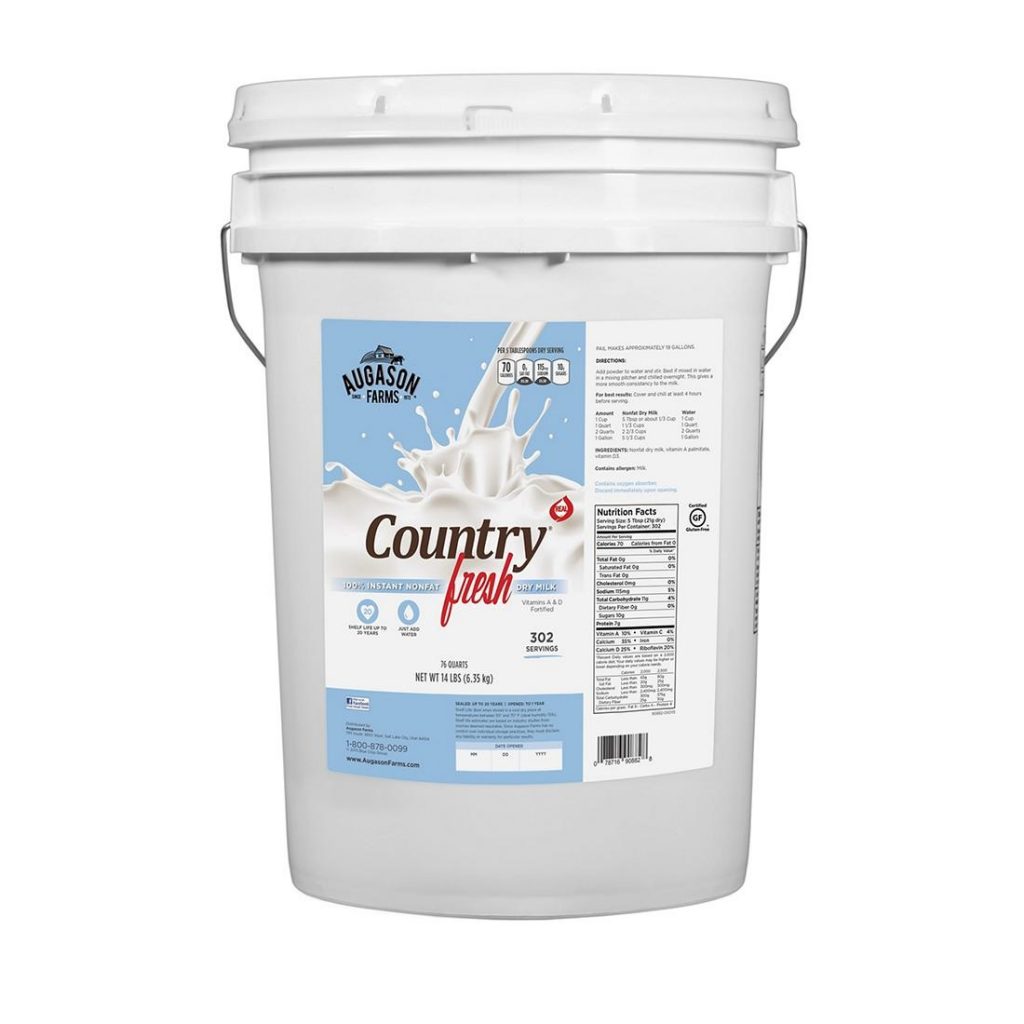
I have a lot of long term stuff in smaller packets. For example, we have a lot of Mountain House Backpacker meals, smaller cans of Augason Farms stuff, etc. This smaller size (particularly the Mountain House backpacker meals) have the killer advantage of portability. That said, I think we are likely to increase our larger container storage inventory after this. We already had some big pails. For instance, we have a 14 pound pail of Augason Farms powdered milk (this makes maybe 18 gallons of milk). I think in future we will have 2 of these, as well as a big pail of salt. These big containers can be thought of as our last bug in fall backs and it is nice to have some big central reserves of some core stuff. They are a pain to store (they are bulky and dont pack in easily) but I have concluded that they are worth it.
6 . Gasoline
I have long maintained a 10 gallon reserve of gasoline and just kept rotating the reserves through my vehicles. I did this in anticipation primarily of a grid down type situation. That said this was a very reassuring backup in this situation because it allows me to avoid gas stations. I have long had a theory that gas stations are important spread points for the flu, and you can see how this would work with covid-19: you handle the gas pump and then touch your face as you drive away. I am also very glad we have had our long standing habit of maintaining full tanks of gas on our vehicles.
7. Battle ready guns
Here I get a C. I have a good inventory but I am lazy about cleaning and checking things like batteries in lights. I plowed through this in the past week and I am now good to go. But I need to be better about having some absolutely battle ready guns at all times. I was lucky this is a so (comparatively) slow moving crisis and could address my failures at my leisure. Next time we might not be so lucky.
8. Vitamins, vitamins, vitamins
We have a bunch of these, but I think that in future we will store even more. When you start thinking about possible food shortages, gaps that could open up, etc. knowing that you have vitamins is a tremendous reassurance. I think we will have a several year supply when this is done.
9. Meat
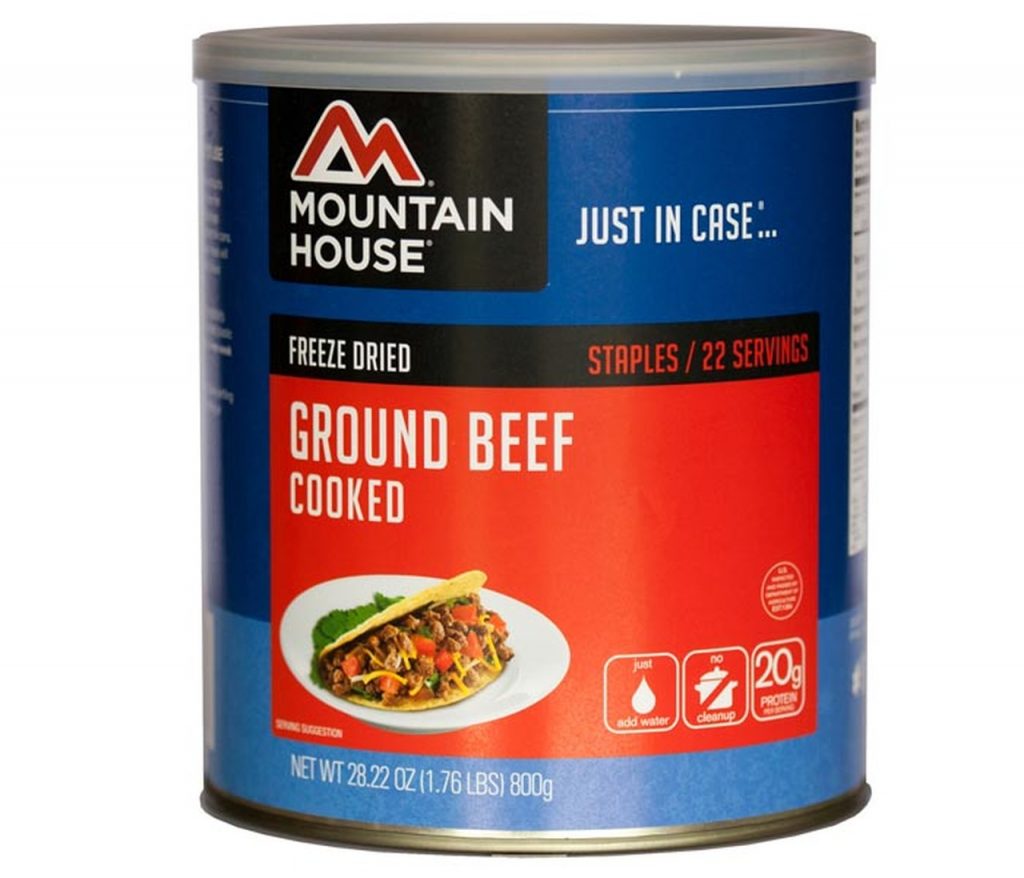
We have tons of meat and I’m not worried about it for this crisis. But if this was a power loss kind of situation I wouldnt feel so good. Too much of our meat is in freezers. I am not suggesting we will reduce the stock of frozen meat, but I think we need to add more things like No. 10 cans of Mountain House ground beef and chicken. We need more. We need stocks that rival our freezer stocks. Lets say 5-6 months of this.
10. Keep house repairs current
On the Nextdoor social media site I have seen people asking about things like recommendations for roofers. They need a new roof and had been sitting on it for a couple of years. I think that urgent repairs like these are now going to be pretty dicey. In the last year I replaced my roof, HVAC and water heater short of their sell by date. Yes, that costs money. But not having to worry about that now is priceless.
11. Mail in medicine
One thing I procrastinated on was rearranging to have all of our household’s prescriptions arrive by mail. I have now straightened this out but should have done so earlier. It would probably be better to avoid unnecessary trips to the pharmacy (or any kind of trips for that matter) during this crisis. In the event that we have a crisis where this kind of delivery mechanism failed, it is unlikely that we would be able to get prescriptions directly from the pharmacy anyway.
12. Batteries
One thing we didn’t have to worry about is batteries. We do a huge once a year battery inventory in our household, usually timed to the beginning of hurricane season. It was so nice not to have to think about this in the past month or so and focus on other last minute preps.
13. Fruit
Fruit is a major issue. We have a bunch but with everyone bugged in we are going through it at a stunning rate. There may come a point where it is too dangerous to go out at all or get deliveries and we will be down to dried fruit (which we have a bunch of). But in future I plan to revisit this issue with more canned fruit and more dried fruit.
14. Doritos.

Let’s get down to brass tacks: even adults can agree that Doritos were bestowed on us by the Gods. All kidding aside, we have a kid in our house and this is going to be a rough experience for them. One thing we did after core top off preps were done is to buy a bunch of fun food for kids. In our case this included Doritos, potato chips, bake mixes, pancake mix and syrup, etc. This is more about the psychological side of the equation and creates some crucial happy moments for kids. Adults need these things too (I made sure certain key bourbon and sipping wine stocks were flush). You will have opportunities to address some of this online in coming weeks (see point 15).
15. Never stop prepping. Never stop building.
I don’t need to tell anyone that Amazon, Costco, etc. are out of a lot of essential stuff. This morning I looked at Ammoseek and they have exactly one (one) option for 77 grain 5.56 ammunition. But every morning and late every night I am surfing a bit and here and there stuff pops up. Last night I scored some number 10 cans of Mountain House breaksfast skillet and 2X6 packs of Mountain House beef stroganoff meals. Two nights ago I actually found 2X50 round boxes of Black Hills 77 grain SMK 5.56 ammunition. By hunting and pecking here and there you can find stuff and everything you find is deepening your preps and extending your bug in run way.
